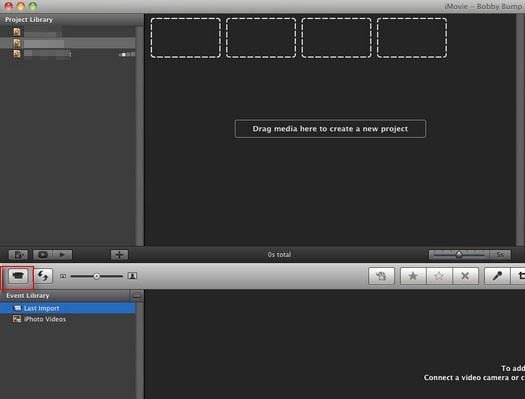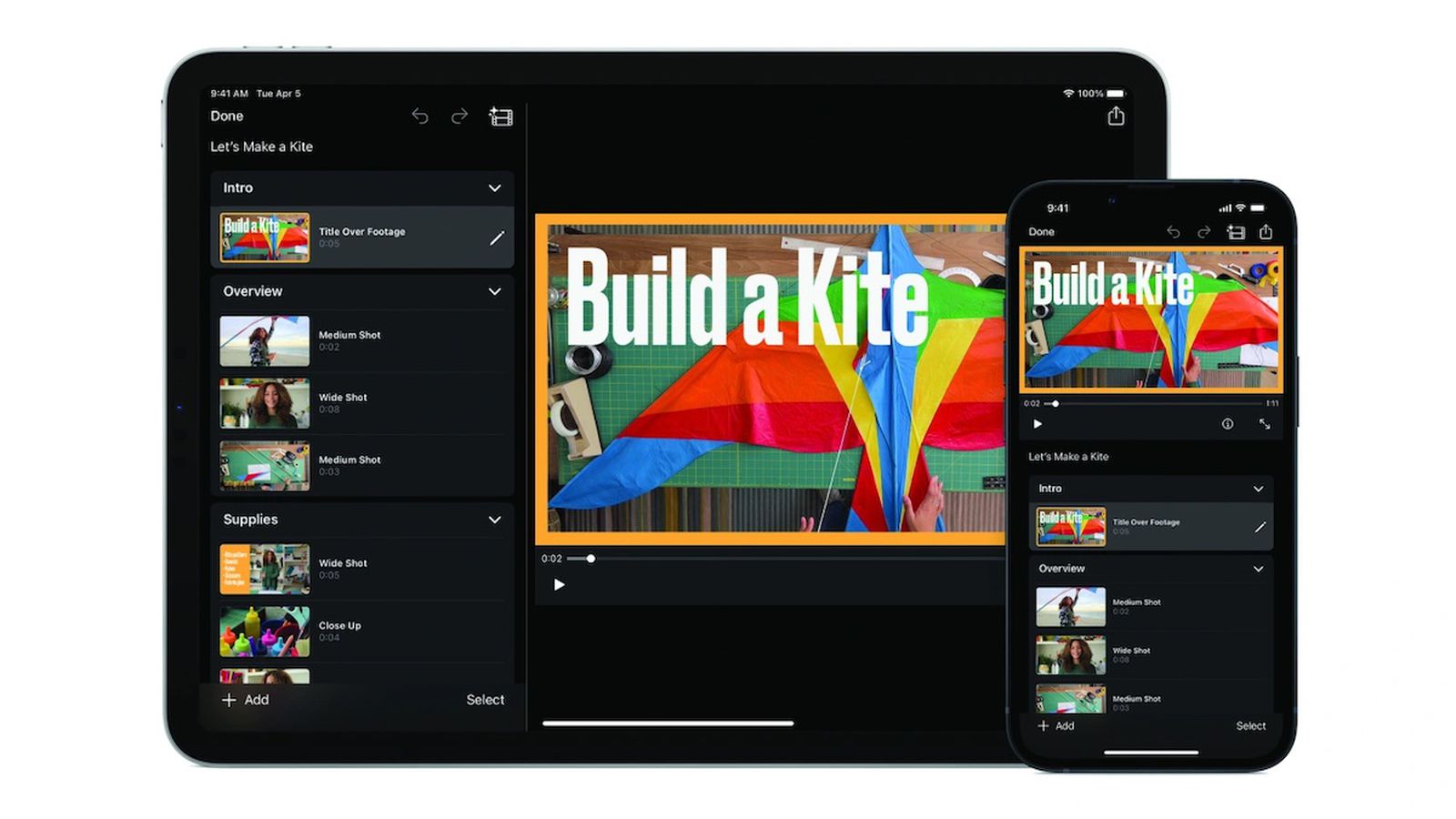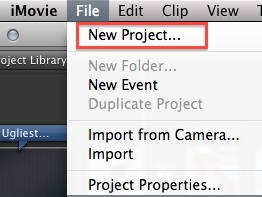

- Imovie for iphone how to change import settings 1080p#
- Imovie for iphone how to change import settings series#
- Imovie for iphone how to change import settings download#
- Imovie for iphone how to change import settings mac#
You can use any iMovie converter like Movavi Video Converter. But if the formats do not match with formats that iMovie accepts, you will have to transfer them.

You can easily import MP4, MPEG-2, DV, HDV, MOV, and other file formats. But despite being a great video editor for all kinds of Apple devices, the application is quite picky with the import formats. You are not needed to be an “expert” video editor for using iMovie and watch all your videos that you upload via iTunes or your iPhone or iPad camera.
Imovie for iphone how to change import settings mac#

This is a MUCH better way to turn your photos into a video file.
Imovie for iphone how to change import settings series#
Using Quicktime Player to create timelapse video files out of a series of timelapse photos. Go to File > Save and choose where to save your video file.I would use Actual Size resolution, 25 frames per second, and the Higher Quality Apple ProRes video codec. Select your image sequence and adjust your settings as needed.Open Quicktime and go to File > Open Image Sequence.How to make a timelapse with Quicktime Player This results in a much higher quality result. You can use Quicktime Player to create high resolution video files from a series of photos without having to render the photos twice. If you have iMovie then chances are high you also have Quicktime Player. This is very limiting, especially in an era where we have so many more pixels in our cameras.
Imovie for iphone how to change import settings 1080p#
IMovie only exports at 1080p or Full HD resolution. A couple of thoughts about using iMovie for timelapse videos
Imovie for iphone how to change import settings download#
I've got a free e-book about how to shoot and edit timelapses that you can download below. Keep reading to find out a better way to make timelapses on your mac. Then go to File > Share > File and use the same settings as earlier.Įt voila, you have a finished timelapse video! You can apply a colour grade or filter before exporting to give the footage some more colour. Adjusting playback speed in iMovie for editing timelapses You do this by dragging the clip into your timeline and clicking the chrono icon, then selecting a custom speed and setting it to 250% or 300%.

Once the footage is exported as a video file you need to re-import this video, and speed it up by either 250% or 300% depending on if you want 25 or 30 frames per second footage. Go to File > Share > File and use the following settings. So we need to export this sequence, then re-import it and speed it up to the normal speed.įor this you need to let it ‘ render’ (transform) the photos into a video file. However, normal video is played back at 25 or 30 frames per second depending on where you live. If you play the footage in the timeline now it will now play your timelapse at 10 frames per second. Photos and videos often have different sizes which you can fix by cropping the photos to the right size.


 0 kommentar(er)
0 kommentar(er)
